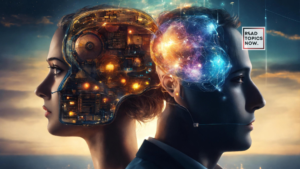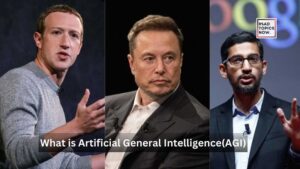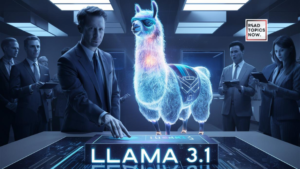
The Impact of OpenAI’s Sora Technology on the Film Industry
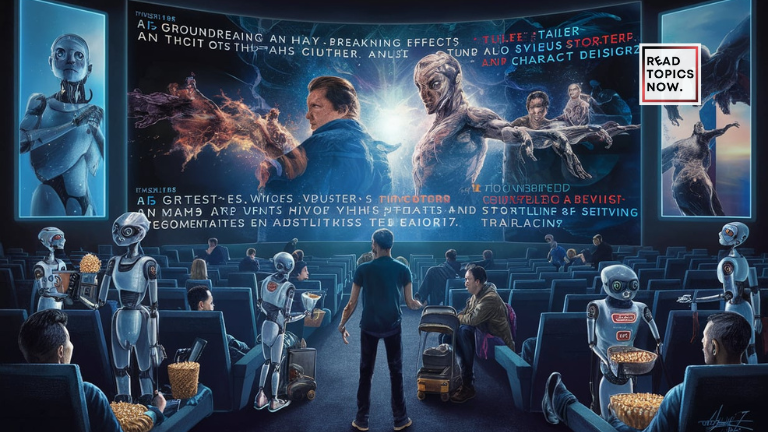
What is Sora Technology?
Sora is OpenAI’s latest innovation in generative AI, designed to convert text prompts into high-definition video sequences within a minute. This technology builds on the foundations laid by DALL·E 3, which generated images from text. However, Sora takes this a step further by integrating a transformer neural network with a diffusion model, enhancing its ability to turn pixelated images into coherent and detailed video sequences.
Sora AI impact on various industries is something we should also look for. Unlike its predecessors, Sora is specifically tailored for video production, making it a unique tool in the creative industry.
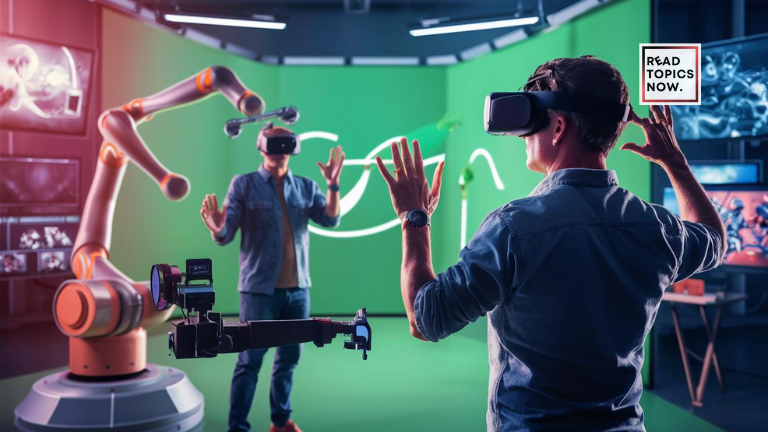
Early Reactions from the Film Industry
The introduction of Sora has not been without controversy. Hollywood has been abuzz with discussions about the potential impact of this technology. Tyler Perry, a well-known producer and studio owner, has expressed significant concerns about Sora, even halting an $800 million expansion of his Atlanta studio. He fears that the rapid advancements in AI could outpace the traditional methods of filmmaking, leading to a transformative shift in the industry.
Sora’s Capabilities in Video Production
At its core, Sora is a text-to-video model that can produce cinematically appealing minute-long videos. This capability has the potential to replace traditionally filmed shots and even short commercials. By transforming physical sets into simulated environments, Sora could reduce the need for large production crews, thus saving time and money. However, this also raises questions about the future of jobs in the industry, as many roles could become obsolete with the continued evolution of such technologies.
Impact on Film Production Roles
The emergence of Sora poses a significant threat to traditional roles in film production. With the ability to generate high-quality video content from text, there is a real possibility that certain jobs, such as set designers, actors, and even writers, could be displaced. This shift could lead to a restructuring of the film industry, where AI plays a more central role in content creation. The implications for employment in Hollywood are profound, as many professionals may find their skills rendered obsolete by this new technology.
Comparison with Previous AI Technologies
Sora stands out from previous AI technologies like DALL·E 3 due to its enhanced capabilities in object interaction and spatial relationships. While DALL·E 3 was primarily focused on generating images, Sora has been designed to create dynamic video content. This advancement marks a significant leap in the evolution of generative AI, as Sora can process data in chunks, allowing for more complex and detailed video sequences. However, despite these improvements, Sora still faces challenges in maintaining continuity and coherence over longer video sequences.
Hollywood’s Strategic Move Post-Strike
Following the recent SAG-AFTRA and WGA strikes, OpenAI’s meetings with Hollywood studios have been seen as a strategic move to align with the production side of the industry. The strikes highlighted the growing concerns among creatives about the potential displacement caused by AI technologies. In response, OpenAI’s CEO, Sam Altman, and COO, Brad Lightcap, have been engaging with film leaders to gather insights on how to approach Sora’s public rollout. Despite the controversies, there are those in Hollywood who see the potential benefits of AI in streamlining production processes and reducing costs.
Potential Legal and Ethical Challenges
One of the most significant concerns surrounding Sora is its use of training data. OpenAI has stated that Sora was trained on “publicly available” and “licensed” content, but the specifics of these sources remain unclear. This lack of transparency has led to speculation that copyrighted materials may have been used without permission, which could lead to legal challenges. In the past, OpenAI has faced similar accusations, such as the use of YouTube audio content to train their GPT-4 model. As Sora continues to evolve, the ethical and legal implications of its training practices will likely come under increased scrutiny.
The Future of AI in Filmmaking
Sora’s introduction marks a pivotal moment for the film industry. As the technology continues to develop, it has the potential to revolutionize filmmaking by automating various aspects of the production process. However, this also raises important questions about the future of creative professionals. Will AI replace human creativity, or will it become a tool that enhances it? The answer to this question will shape the future of the industry and the role of AI in it.
Union Preparations for AI’s Growing Role
In response to the growing influence of AI in the film industry, labor unions such as the Animation Guild and IATSE are preparing for action. These organizations are prioritizing the establishment of clear AI rules in their upcoming contract negotiations. While the initial strikes were focused on protecting writers and actors, the advent of sophisticated generative video AI like Sora has broadened the scope of concern to include production workers as well. Union leaders are advocating for protections that will ensure their members can benefit from AI advancements without being displaced.
Sora’s Impact Beyond Hollywood
While the focus has been on Hollywood, Sora’s potential impact extends far beyond the film industry. Other creative industries, such as advertising, gaming, and even education, could see significant changes due to this technology. Sora’s ability to generate high-quality video content quickly and efficiently could revolutionize how content is created and consumed across various sectors. However, this also means that the ethical and legal challenges associated with AI will likely become more widespread, necessitating a global discussion on the implications of these technologies.
Sora’s Limitations
Despite its many advancements, Sora is not without its limitations. Currently, the technology struggles with maintaining shot and sequencing continuity over longer video sequences. Additionally, while it excels at generating visually appealing content, it still falls short in creating complex narratives or dialogue. These limitations suggest that, for now, Sora is best suited for specific tasks within the production process, such as pitch decks or automated editing, rather than replacing the entire filmmaking process.
Public Perception of AI in Entertainment
The public’s perception of AI-generated content in entertainment is still evolving. While there is excitement about the possibilities, there is also a significant amount of skepticism and concern. Audiences may be wary of content that lacks the human touch, particularly when it comes to storytelling. As AI continues to play a larger role in content creation, it will be crucial for creators and studios to maintain transparency and uphold ethical standards to ensure that audiences remain engaged and trusting of the content they consume.
Conclusion
The evolution of Sora technology represents a major shift in the film industry. While it offers exciting possibilities for innovation and efficiency, it also raises important questions about the future of creative work and the ethical use of AI. As Hollywood and other industries grapple with these changes, it will be essential to strike a balance between embracing new technologies and protecting the rights and livelihoods of those who work in the creative field. The future of AI in filmmaking is still unfolding, but one thing is clear: Sora has already made a significant impact, and its influence will continue to grow in the years to come.
FAQs
- What is Sora technology?
Sora is OpenAI’s generative AI tool that converts text prompts into high-definition video sequences, designed to streamline video production processes. - How does Sora differ from other AI models?
Unlike previous models like DALL·E 3, Sora integrates a transformer neural network with a diffusion model, allowing it to create dynamic video content from text inputs. - What are the potential legal challenges with Sora?
Sora’s use of training data has raised concerns about copyright infringement, as it is unclear whether all the content used was legally obtained. - Will Sora replace jobs in the film industry?
While Sora has the potential to displace certain roles in film production, it is more likely to be used as a tool to enhance efficiency rather than replace human workers entirely. - What are the limitations of Sora?
Sora currently struggles with maintaining continuity over longer video sequences and is not yet capable of creating complex narratives or dialogue.
Get Curated Post Updates!
Sign up for my newsletter to see new photos, tips, and blog posts.

SEO-savvy content writer and technical specialist with over 5 years of cross-industry experience. MBA graduate dedicated to crafting impactful narratives for your brand.

